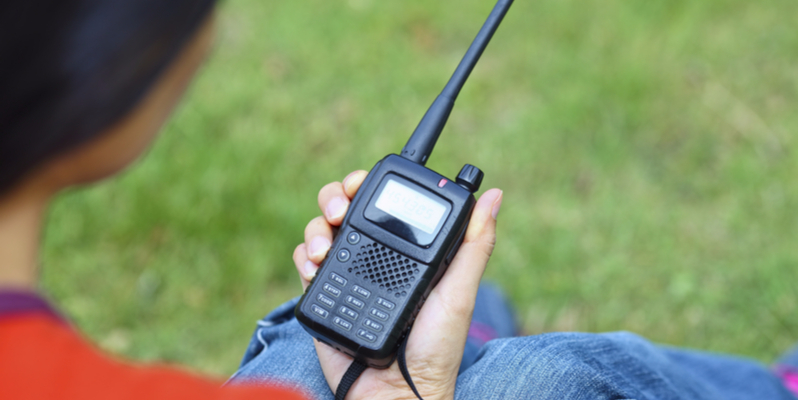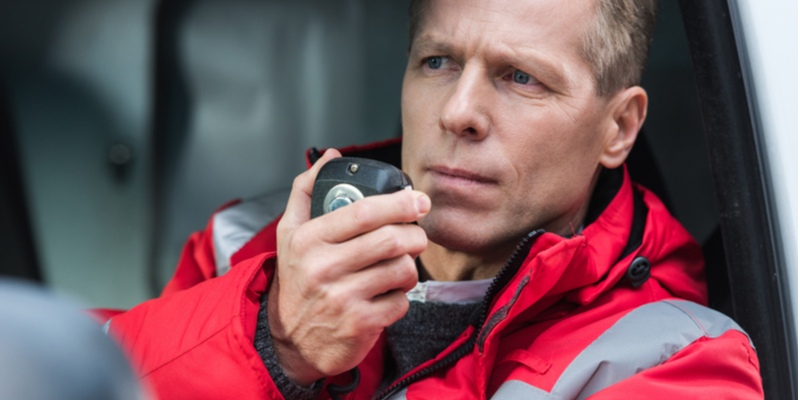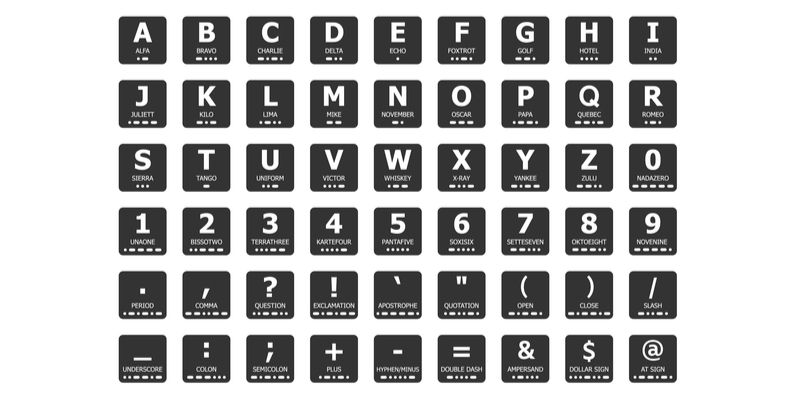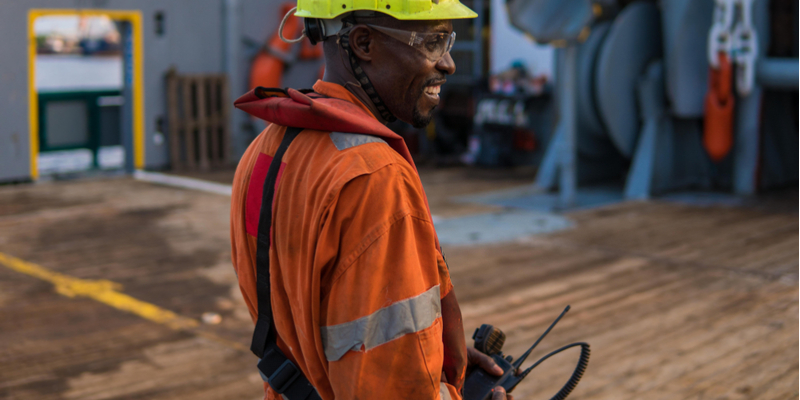From signal range to emergency features, there are several key reasons why two-way radios are the best option for communicating in remote areas. Trying to communicate via cell phone in a remote area is challenging to say the least. From working in remote regions to traveling out at sea, there are many limitations to today’s cell phones and where they can operate effectively.
5 Reasons Two-Way Radios are Superior for Remote Area Communication
Some of the most important and time sensitive messages are transmitted across two-way radios and for good reason, here are 5 of them.
Signal Range
First and foremost, signal range is an important feature when trying to communicate in a remote area. If there is no reception in your area, the device will not work no matter what. You can eliminate dropped calls and avoid signal dead zones in remote areas by using a device that doesn’t require cell towers for reception – that’s the beauty of two-way radios.
Audio Quality
Working in remote areas often involves operating heavy machinery or working in heavy winds- all of these things and more can lead to reduced sound quality on any number of devices. That’s why professional two-way radios are outfitted with special technology that allows clear audio quality no matter what kind of background noise you are dealing with.
This is especially important in an emergency when getting the message across quickly is of utmost importance and repeating the same message several times can lead to error, or worse.
Working with a two-way radio that offers uncompromised audio performance gives your team greater confidence and capabilities to communicate in a wide range of scenarios.
Emergency Features
Emergency features are crucial to staying safe when working in a remote area. At minimum, your device should be equipped with an emergency alert button that allows for instant communication between individuals or groups. This takes away the time-consuming effort of having to dial a number, which takes away precious seconds in an emergency.
Long Battery Life
A dead device is a useless device, which is why two-way radios are made with extended battery life to go all day and night. There are so many scenarios when team members stay overtime or lose track of time, and as long as the person behind the device is still going strong, we believe their radio should keep working too. Select a two-way radio with a long battery life and consider carrying extra batteries on hand to switch out as needed so that you never have to worry about losing a charge.
Durability
From oil rig workers to manufacturing plants located in remote regions, there are many on-site occupations that require a superior level of durability when it comes to their main means of communication.
While today’s smartphones look sleek and pretty, but they are incredibly easy to break. Is there anyone out there who hasn’t cracked their screen? Two-way radios are built to withstand some of the toughest conditions and job sites on the planet, and as a result, they are incredibly durable. Many radios are waterproof, dust proof, and even resistant to high levels of heat, say for instance there is an explosion of some kind.
Shop our complete collection of Motorola and Kenwood radios that are built to last in the toughest conditions, while providing superior communication in remote areas.





